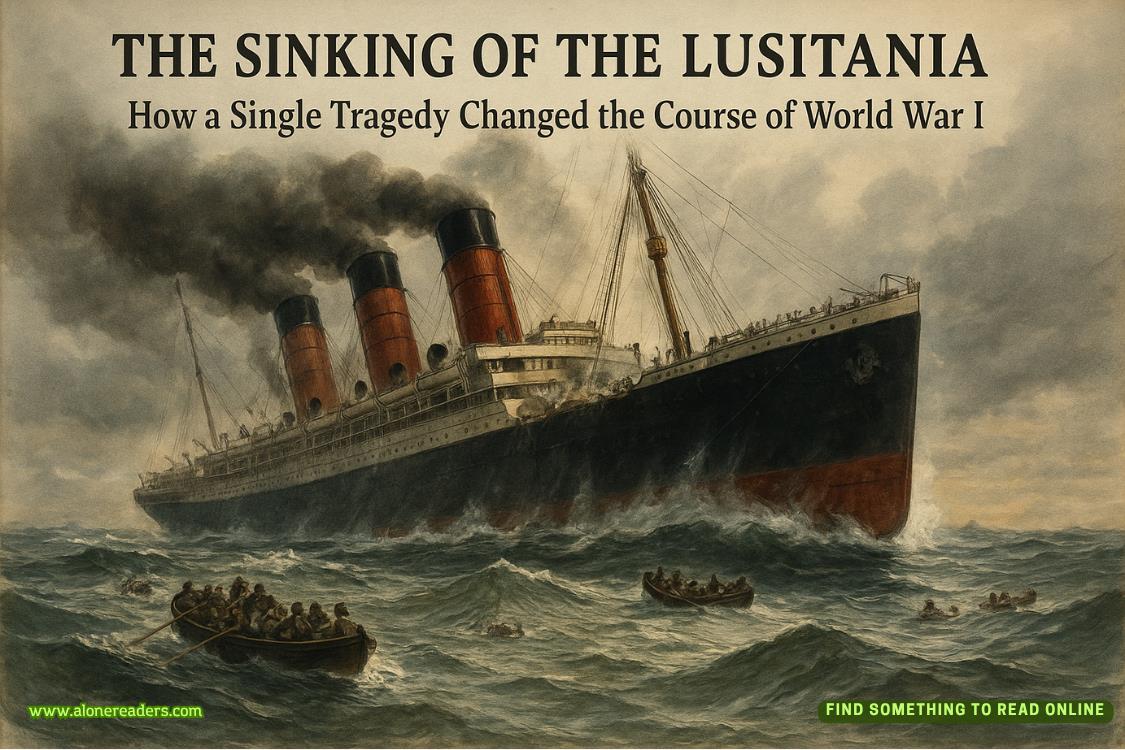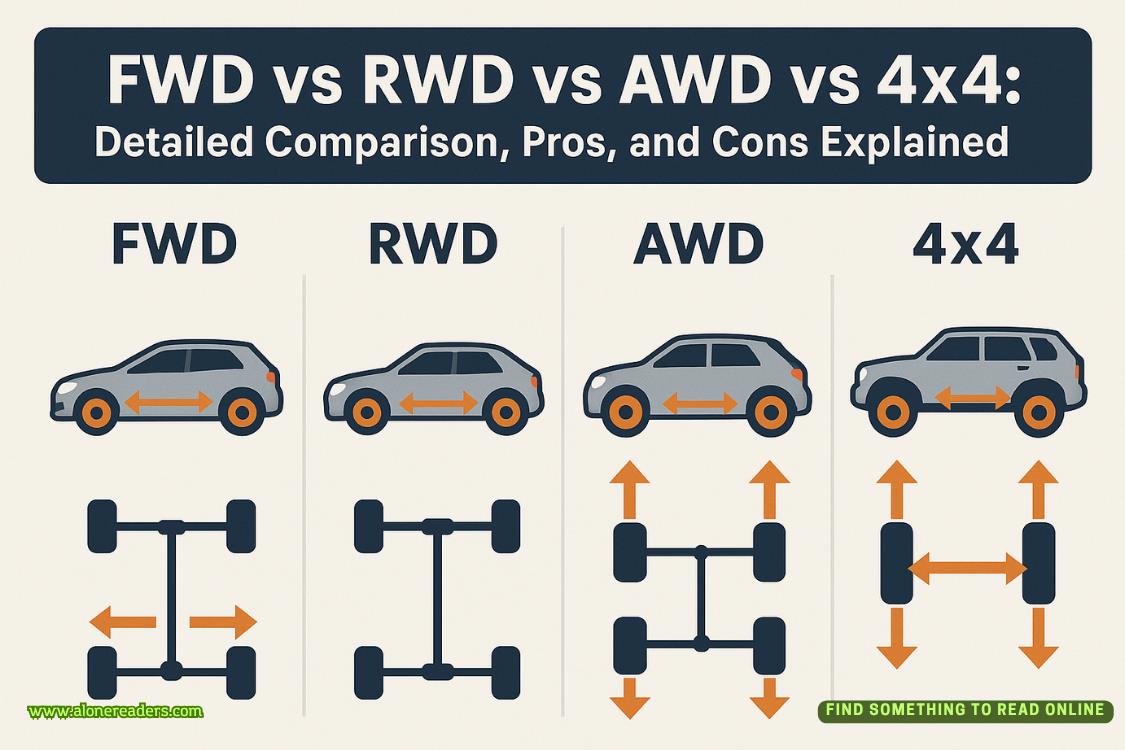Page 25 of The Other Mother
13
THE BIRTHMARK
The kitchen table is covered with the detritus of my obsession. My laptop sits open beside my phone, both screens glowing in the morning light that streams through our white plantation shutters. Coffee grows cold in my favorite mug, the one Adam bought me from that little café in Sedona during our babymoon. That trip feels like it happened to someone else now, a different woman who was excited about becoming a mother.
Eva naps in her bouncy seat beside me, her tiny chest rising and falling in that rapid rhythm that still makes me hold my breath between beats. She looks peaceful, innocent, completely unaware that I've been scrolling through hundreds of hospital photos for the past two hours, looking for proof that she's really mine.
The photos are organized chronologically in my camera roll, starting with the first blurry shot Adam took right after delivery. I've examined each one with theintensity of a detective studying crime scene evidence. Every blanket, every angle, every tiny detail that might explain the growing list of inconsistencies that keep me awake at night.
Here's Eva wrapped in the standard hospital swaddle, white with thin blue and pink stripes. Here she is hours later in the plain pink, brown-trim blanket I found in our laundry withG. Matthewson the tag. The timestamps show only three hours between the photos, but the blankets are completely different.
I scroll further and freeze on a photo of Adam holding Eva. He’s in the uncomfortable hospital chair, smiling tiredly at the camera, and Eva is strapped into the rolling hospital bassinet the nurses use for hearing screens—straps and all.
I push back from the table and walk to our front hall closet, where Eva's car seat lives when we're not using it. I pull it out and examine it in the natural light from the front door sidelight. White and pristine, with clean modern lines and ergonomic padding. The Nuna brand name is embossed in silver letters on the side. Five-hundred dollars of cutting-edge safety technology that Adam researched obsessively before we ordered it online.
My hands shake as I scroll to the next photo. This one’s timestamp says skin-to-skin right soon after delivery; a newborn on my chest while I hold her for the first time. She’s naked except for a tiny knitted hat, her skin pink and wrinkled from the womb. And there, onher left thigh, is a small heart-shaped birthmark. Dark, perfectly symmetrical, about the size of my thumbnail.
I stare at it for a long time. It’s the kind of mark families would point out and remember. The kind you’d jot in a baby book.
I glance at the bouncy seat. Eva is still sleeping. I slide up her left pant leg, gentle as a thief. Smooth skin. No mark. I check the right thigh just to be sure. Nothing.
“Maybe it faded,” I whisper, because that’s the kinder story. But this photo was taken hours after birth, and it looks so dark, so definite.
If the baby in the photo has that birthmark, then the baby in my house might not be the same baby.
My hands begin to tremble so violently I nearly drop her leg. I check again, running my fingertips over the spot where the birthmark should be. The skin is perfect, unblemished, as if the mark never existed.
But I have photographic proof that it did.
I set Eva's leg down carefully and get on the floor beside the kitchen table, pulling open drawers and cabinets with increasing desperation. Hospital documents scattered everywhere. The keepsake box with its tiny hat and sock. Discharge papers with their sanitized medical language that tells me nothing useful.
I spread everything across the tile floor, looking for some record of the birthmark. Some documentation that proves what I saw in that photo. But the medical papers are frustratingly vague, focused on my recovery rather than Eva's condition. Standard post-cesarean vitals,medication schedules, discharge instructions about wound care and follow-up appointments.
Nothing about Eva's birthmark. Nothing about any identifying characteristics at all.
I grab my laptop and zoom in on the photo again, enhancing it until I can see every pixel. The birthmark is definitely there, dark and heart-shaped against Eva's thigh. Not a shadow or a trick of the light or a smudge on the camera lens. A real, physical mark on real skin.
I look back at Eva, comparing her sleeping face to the newborn in the photo. Same button nose. Same dark hair. Same tiny rosebud mouth. But the absence of the birthmark makes everything else feel uncertain, like I'm looking at a very good forgery of my own child.
"What did they do?" I whisper to the empty kitchen.
I pull out my medical chart printouts, the ones I requested weeks ago when Eva first came home and something felt off. Pages and pages of post-operative vitals, medication records, nursing notes about my incision healing and breastfeeding attempts. But nothing about Eva's condition beyond the basic birth statistics. Weight, length, Apgar scores. No mention of any distinguishing marks or characteristics.
"Why didn't they document it?" I ask the papers, as if they might suddenly reveal hidden information. "Why don't I remember more?"
The questions hang in the air without answers. I remember fragments of those first few days: the exhaustion, the pain medication, the constant parade ofnurses and doctors checking on me. But the memories feel hazy, incomplete, like trying to remember a dream after being awake for hours.
I finally give up on the papers and reach for my phone. The hospital's main number is saved in my contacts from all the prenatal appointments. I dial and wait, listening to the automated menu options while my heart pounds against my ribs.
"For Labor and Delivery, press three."
"For Medical Records, press seven."
I press seven and wait through eleven minutes of hold music, a cheerful instrumental version of "What a Wonderful World" that makes me want to throw the phone across the room. Finally, a human voice answers.
"Medical Records, this is Mallory."
"Hi," I say, trying to keep my voice steady. "I'd like to request my birth records. The full set. And the infant records for my daughter."















